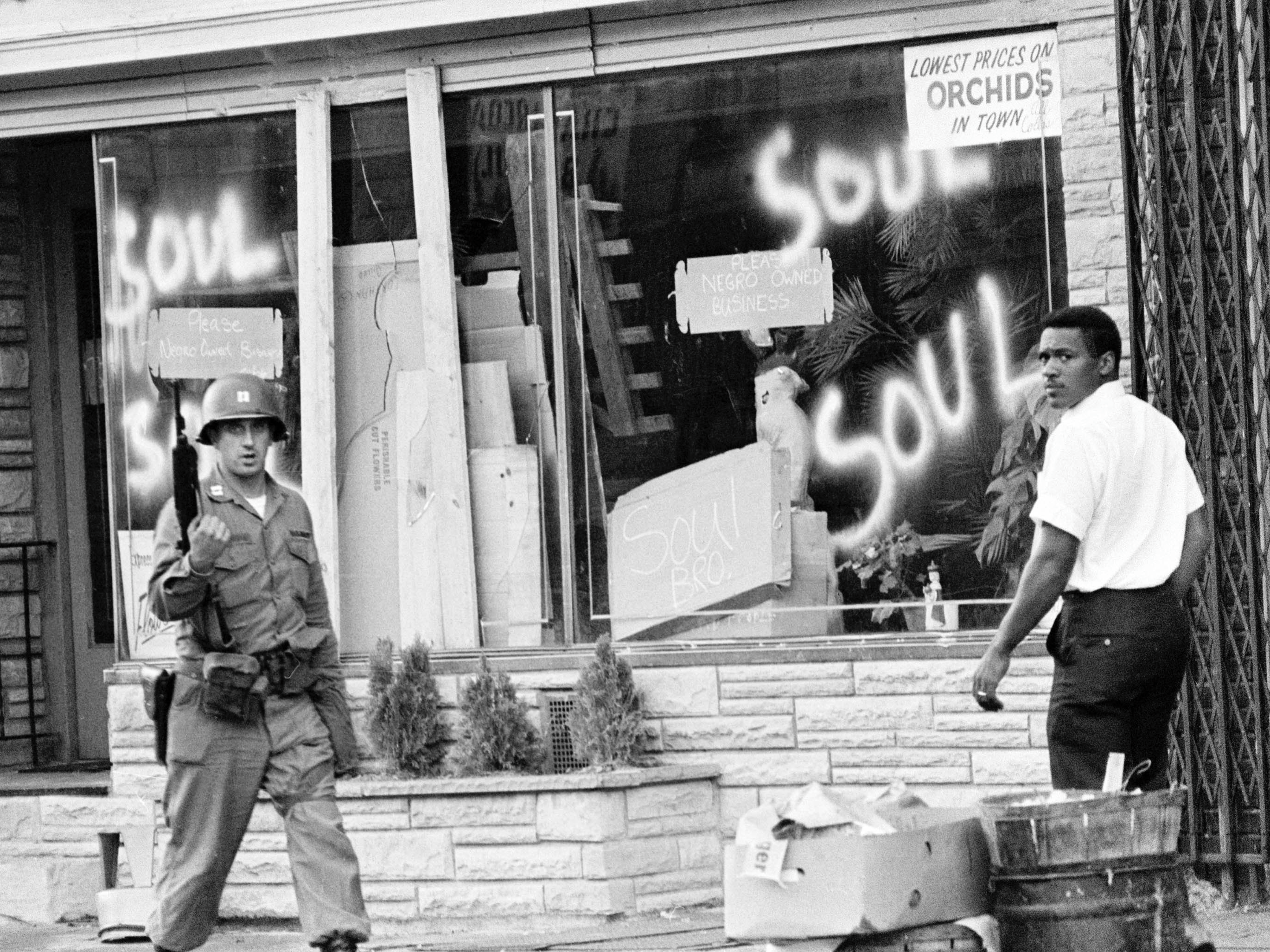Fifty years ago, the city of Newark, New Jersey experienced a string of violent riots after two white police officers stopped and beat up a black taxi driver on July 12 in a community that had suffered decades of social frustration caused by poverty and racial profiling.
While more than half a century has passed, many of the issues at the heart of the protests continue to divide the country today.
Here’s how the riots started, how the police responded, and how it set the stage for the future police brutality protests.
In the late 1960s, Newark was suffering from high poverty rates, lack of good job opportunities, and chronically underfunded schools. The largely African American population was also dealing with police profiling and lack of political representation.

Source: Seton Hall University
While problems such as these festered for many years, frustration came to a head when two white police officers pulled over and beat up black taxi driver John William Smith.

Source: The Guardian
After a false rumor spread that Smith had died in police custody, people gathered around the station and started throwing rocks and bottles.

Source: NBC News
While many picketed peacefully, others smashed windows and threw firebombs. Looters also tried to take advantage of the unrest by breaking into supermarkets and liquor stores.

Source: The Guardian
A few hours into the riot, state troopers and the army stepped in. Some accounts said that the law enforcement officers (who were given instructions to "fire if necessary") abused the rioters.

Source: The Guardian and Associated Press
“It was like a war scene," recalled Fred Means, an activist who witnessed the riots unfold. "There was that fear, there was that possibility, that the police would shoot you and nothing would happen — much the same as what happens today.”

Source: The Washington Post
The fighting would continue over the next five days. In total, more than 26 died while more than 700 were injured.

Source: The New York Times
Newark was not alone — that year, protests over policing broke out in many major cities across the US.

Source: LA Riots
Many felt that, rather than protecting residents, state troopers instead created an atmosphere of fear.

Source: New York Times
While the riots eventually subsided, frustration with law enforcement persisted — and, in many ways, set the tone for many police brutality protests to come.

Though different administrations took a range of steps toward combatting chronic underfunding of city services, many of the same problems with poverty and racial inequities continue into the present day.

Source: USA Today
In the coming days, various New Jersey politicians will be commemorating the site of the original riots. "We need to have a discussion about why these things happen and why they keep happening," Newark mayor Ras Baraka told NPR.

Source: NPR

